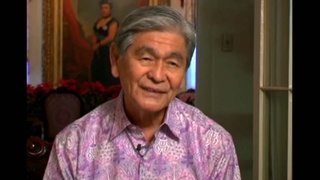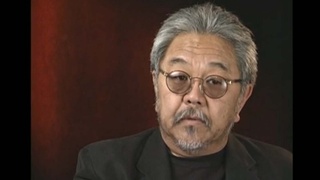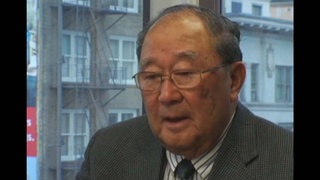Interviews
How I became a volunteer at the International Association of Yamato (Spanish)
(Spanish) Ah, well, when I arrived, I lived in Tokyo where I started ... Well, my husband told me, “We are not going back to Peru.” And then I said, "We must study Nihongo." Because, of course, as a young girl it seemed like I was speaking Japanese. But as an adult when we got here, I knew: Good afternoon, Good morning, words we say here at home. So that is why I went to study Japanese, as I said in Tokyo. Then I was living in Tokyo. So I had the opportunity to go to two Japanese language schools. And from there, when I moved at age seven, I moved to Yokohama, and then there I heard... there, near the Yokohama area, there are many Latinos, mostly Peruvians. So I live in Yokohama, but leaning more towards Yamato. Then I found out that in the city of Yamato there was an international exchange association. So I went and approached the office and said: Well, I do not know how to get by that well, but I know a little Japanese, and if I can help in anyway, well, I would be delighted. And they signed me up as a volunteer interpreter. And there began my participation in the International Association of Yamato. I started as a volunteer, translating documents that were needed for visa renewals. I started with translation. And when they needed interpreters, they gave me interpreting, right? And later, they started… for example a guide... a guide of the daily life of Yamato; they also chose to translate it into multiple languages…I was in charge (of it).
Date: March 24, 2009
Location: Tokyo, Japan
Interviewer: Alberto Matsumoto
Contributed by: Watase Media Arts Center, Japanese American National Museum
Explore More Videos

Ethnic diversity
(b.1926) Democratic politician and three-term Governor of Hawai'i

Christian gatherings in homes
(1926 - 2012) Scholar and professor of anthropology. Leader in the establishment of ethnic studies as an academic discipline

Not bringing shame to family
(1926 - 2012) Scholar and professor of anthropology. Leader in the establishment of ethnic studies as an academic discipline

Role of the Japanese American National Museum
(1926 - 2012) Scholar and professor of anthropology. Leader in the establishment of ethnic studies as an academic discipline

Learning American cooking
(b.1909) Nisei from Washington. Incarcerated at Tule Lake and Minidoka during WWII. Resettled in Chicago after WWII

Japanese American community life
(b. 1939) Japanese American painter, printmaker & professor

Her early life in Canada
(b.1912) Japanese Canadian Issei. Immigrated with husband to Canada in 1931



Peru Shimpo for the Nikkei community (Spanish)
(b. 1937) Professional journalist

Japanese community in Mission
(b. 1922) Canadian Nisei who was unable to return to Canada from Japan until 1952

Taiko as self-expression
Co-founder and creative director of San Jose Taiko

A “principally-based” taiko group in England creating a global taiko community
Co-founder and creative director of San Jose Taiko


The Kona Island community
(1923-2011) Lawyer, MIS veteran, founder of Francis and Sarah Sogi Foundation
